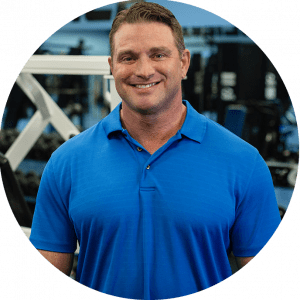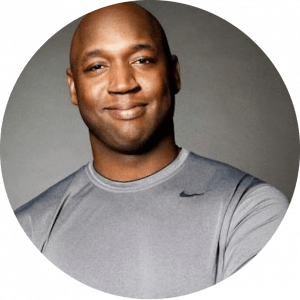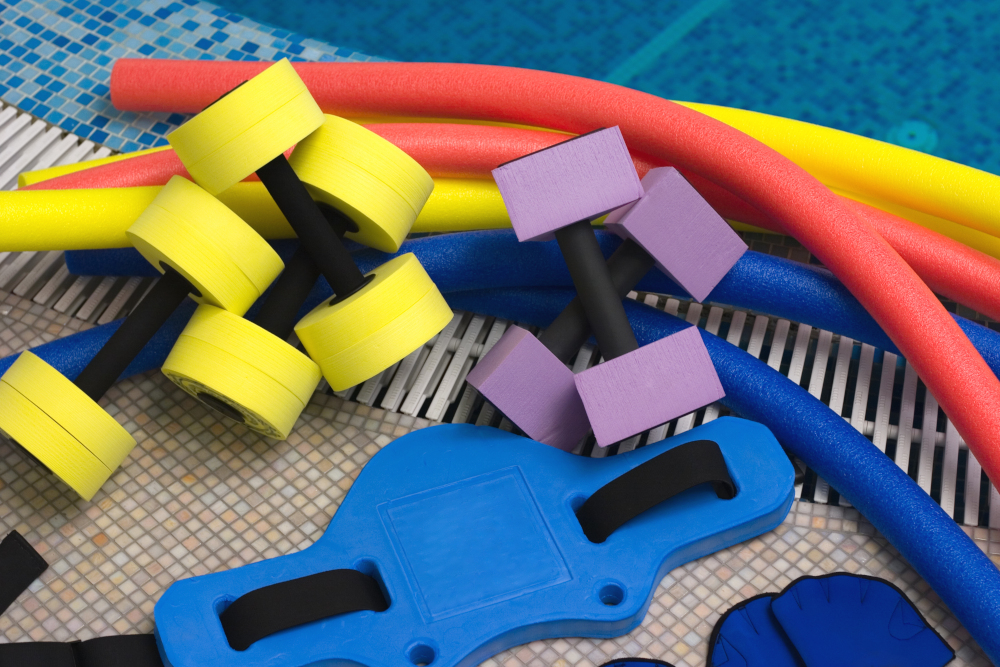
Fitness is a universal aspiration, transcending age, gender, and ability. However, for those with mobility challenges, traditional fitness programs often seem inaccessible, leaving them on the sidelines of a healthier lifestyle.
Thankfully, the world of adaptive fitness has emerged as a beacon of hope, offering tailored exercise solutions that empower individuals with mobility challenges to lead active lives.
In this blog post, we'll delve into the realm of adaptive fitness programs and exercises, shedding light on the remarkable ways they enable people to overcome obstacles and reclaim their well-being.
Understanding Mobility Challenges
Mobility challenges encompass a wide range of conditions, from injuries and surgeries to chronic illnesses and disabilities. These challenges can impact one's ability to move freely, engage in physical activities, and maintain a healthy lifestyle.
The result is often a sense of isolation and frustration. Adaptive fitness seeks to change that narrative by customising fitness routines to match individual capabilities and needs.
The Power of Adaptive Fitness Programs
Personalised Approach
Adaptive fitness programs are centred on personalisation. Trained professionals work closely with individuals to understand their specific limitations, strengths, and goals. This individualised approach allows for the creation of fitness routines that accommodate unique needs and promote progress.
Inclusive Environment
Traditional fitness settings can be intimidating for individuals with mobility challenges. Adaptive fitness programs provide a welcoming and inclusive environment, where everyone is encouraged and supported. This inclusive approach fosters a sense of belonging, which is vital for long-term fitness success.
Varied Modalities
Adaptive fitness programs utilise a variety of modalities and equipment to cater to diverse needs. From seated exercises and resistance bands to specialised machines and aquatic therapy, these programs offer a plethora of options to keep workouts engaging and effective.
Adaptive Exercises for Mobility Challenges
Chair-Based Exercises
Chair-based exercises are an excellent starting point for individuals with limited mobility. Seated leg lifts, seated marches, and seated torso twists provide a gentle yet effective way to build strength and flexibility. These exercises can be performed with or without weights, depending on individual capabilities.

Aquatic Therapy
Water provides a buoyant environment that reduces the impact on joints while allowing for a full-body workout. Aquatic therapy is particularly beneficial for those with arthritis, joint pain, or severe mobility limitations. Activities like water walking, leg lifts, and water aerobics can enhance mobility and reduce pain.
Resistance Training
Resistance bands and light weights are valuable tools in adaptive fitness. These tools enable individuals to work on muscle strength and endurance in a controlled and safe manner. Resistance training can be adapted to accommodate varying levels of mobility, making it suitable for a wide range of individuals.
Adaptive Yoga
Yoga is renowned for its ability to improve flexibility and reduce stress. Adaptive yoga modifies traditional poses to suit individual needs. It can be performed seated, using props for support, and incorporates breathing exercises and meditation for holistic well-being
Recumbent Cycling
Recumbent bikes provide a comfortable and supportive way to engage in cardiovascular exercise. Their design allows individuals to pedal from a reclined position, reducing strain on the lower back and joints. This makes them an excellent option for those with limited mobility or chronic pain.

Conclusion
Adaptive fitness is not merely a fitness trend; it's a lifeline for individuals with mobility challenges. It empowers them to take control of their health, improve their quality of life, and connect with a supportive community.
Whether it's through personalised programs, inclusive environments, or adaptive exercises, the world of adaptive fitness is paving the way for a brighter and healthier future for all, regardless of mobility challenges.
As we continue to champion inclusivity and accessibility, the world of fitness becomes a place where everyone, no matter their physical abilities, can thrive and celebrate the joy of movement.
Expanding Horizons with Adaptive Fitness
As adaptive fitness gains recognition and support, it's essential to explore how this field is continually evolving to meet the unique needs of individuals with mobility challenges. Beyond the exercises mentioned earlier, there are several innovative approaches and emerging trends that are transforming the way we think about fitness inclusivity:
Virtual Adaptive Fitness Classes:
The digital age has brought about an exciting opportunity for remote fitness participation. Virtual adaptive fitness classes are becoming increasingly popular, allowing individuals to join workouts from the comfort of their homes.
These classes are led by skilled instructors who guide participants through tailored routines via video conferencing platforms. This flexibility empowers individuals to stay consistent with their fitness journey, even in challenging circumstances.
Adaptive Sports:
Adaptive sports have gained substantial recognition and support in recent years. These sports are designed to accommodate individuals with various physical abilities, opening doors to competitive and recreational opportunities.
From wheelchair basketball and adaptive skiing to adaptive rock climbing, these sports offer both physical activity and a strong sense of community.
Assistive Technology:
Advances in assistive technology have revolutionised the field of adaptive fitness. Devices like exoskeletons and adaptive exercise machines are providing new avenues for mobility-impaired individuals to engage in strength training and aerobic exercises. These technologies offer a glimpse into a future where mobility limitations may no longer be a barrier to fitness
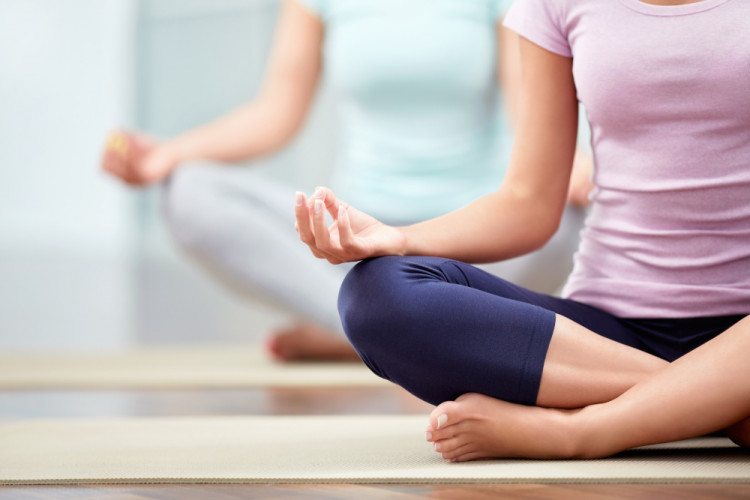
Mind-Body Connection:
The holistic approach of adaptive fitness extends beyond physical exercise. It acknowledges the vital connection between mental and physical well-being. Practices like meditation, mindfulness, and mental health counselling are increasingly integrated into adaptive fitness programs, promoting overall health and resilience.
Advocacy and Awareness:
The advocacy for inclusivity in fitness is more prominent than ever. Many organisations and individuals are dedicated to raising awareness and promoting adaptive fitness programs. This advocacy is not only changing the perception of fitness but also encouraging policymakers and fitness facilities to prioritise accessibility and inclusivity.
The Journey Ahead
The world of adaptive fitness is continually evolving, driven by a shared commitment to breaking down barriers and empowering individuals with mobility challenges. As we move forward, it's crucial for everyone to recognize the importance of inclusivity and accessibility in fitness.
Whether you are an individual with mobility challenges seeking adaptive fitness solutions, a fitness professional looking to expand your expertise, or a supporter of inclusivity in fitness, remember that adaptive fitness is not just about physical movement. It's about the celebration of human potential, the embrace of diversity, and the promotion of a healthier, happier, and more inclusive world.
In conclusion, adaptive fitness is a beacon of hope for individuals with mobility challenges, offering a personalised, inclusive, and innovative approach to physical activity and well-being.
With the continued evolution of adaptive fitness programs, exercises, and technologies, the future holds the promise of even greater accessibility and opportunities for individuals to thrive in their fitness journeys.
Together, we can ensure that everyone, regardless of their mobility challenges, has the chance to experience the joy and benefits of a physically active and fulfilling life.
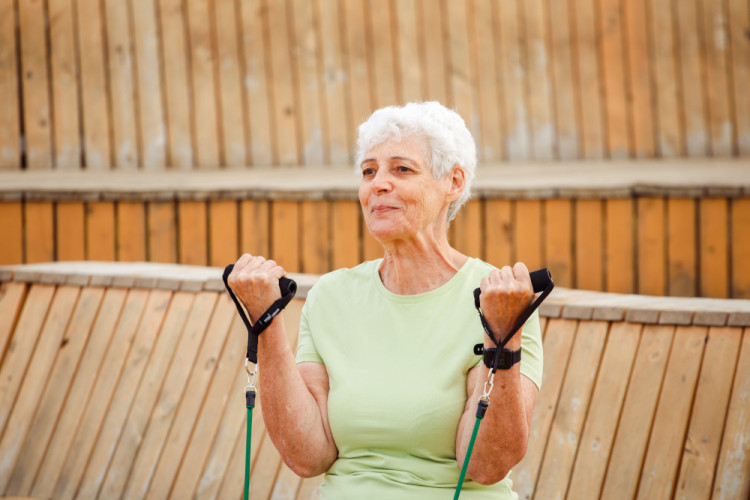
Supporting the Evolution of Adaptive Fitness
For the future of adaptive fitness to continue to flourish, several key factors need our attention and support:
Education and Training:
Fitness professionals and instructors must receive specialised training to effectively work with individuals with mobility challenges. Certifications and courses in adaptive fitness are essential to ensure safety and the best possible experience for participants.
Accessibility:
Fitness facilities and equipment need to become more accessible. This includes not only ramps and elevators but also adaptive workout stations and machines designed to accommodate various abilities. Advocacy efforts and legal regulations can help drive change in this regard.
Research and Innovation:
Continued research and innovation are essential to developing new adaptive fitness techniques, technologies, and programs. Collaborations between the medical and fitness communities can drive progress in this field, leading to more effective and inclusive solutions.
Community and Support:
Building strong support networks and communities is crucial. These communities provide a sense of belonging, motivation, and shared experiences that can be immensely beneficial to individuals with mobility challenges. Support groups, social events, and online forums all play a part in fostering this sense of community.
Policy and Advocacy:
Advocacy efforts at local, regional, and national levels are necessary to ensure that adaptive fitness becomes an integral part of the fitness industry. This includes advocating for insurance coverage for adaptive fitness programs, accessible public spaces, and inclusive fitness events.
Changing Perceptions:
As adaptive fitness becomes more widely recognised, we need to change societal perceptions about disability and physical activity. This involves challenging stereotypes, promoting positive role models, and highlighting success stories in adaptive fitness.
Collaboration:
Collaboration is key to the success of adaptive fitness. Bringing together healthcare professionals, fitness experts, individuals with mobility challenges, and their families can lead to innovative solutions and comprehensive support systems.
Funding and Grants:
Financial support is crucial to expanding adaptive fitness programs and making them accessible to a broader audience. Grants and funding opportunities should be sought to ensure that these programs continue to grow and thrive.
In conclusion, the world of adaptive fitness is a dynamic and evolving field that holds immense promise for individuals with mobility challenges. It not only provides them with opportunities for physical activity and improved health but also fosters a sense of empowerment, belonging, and well-being.
As we move forward, let us all play our part in supporting and advancing the cause of adaptive fitness. Whether you're an advocate, a fitness professional, a policymaker, or someone with a mobility challenge seeking a healthier and more active life, your contribution is essential in shaping a future where adaptive fitness is fully integrated into the fabric of our society, and where everyone can experience the transformative power of physical activity, regardless of their abilities.
Together, we can continue to empower individuals with mobility challenges to lead fulfilling lives through adaptive fitness.










